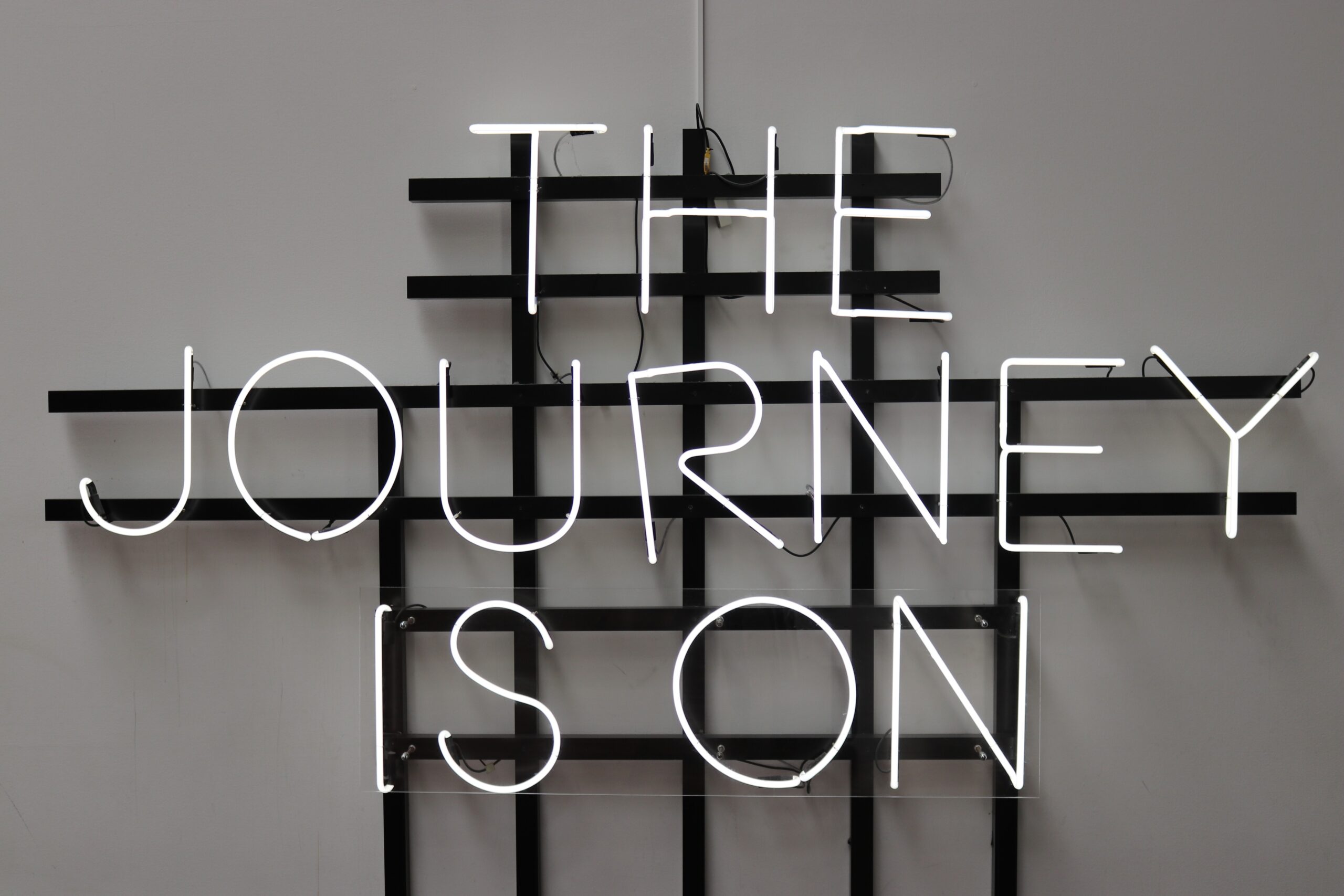Sustainability… What does it really mean for a business to be truly sustainable? Does it mean using recyclable packaging? Being certified by an accredited organisation? Having low waste or carbon emissions?
Sustainability, and being sustainable, has become a buzzword in the FMCG industry. It matters. But when sustainability covers so much, how can any business, hand-on-heart, say they are 100% sustainable?
For example, a brand’s packaging might be recyclable or compostable, but the ingredients are imported from overseas, resulting in higher emissions. Does that mean you can’t talk about sustainability?
Of course you can.
It is safe to talk about sustainability to an external audience, providing you explain the company’s overall sustainability journey and don’t over exaggerate claims or fail to address any sustainability skeletons in the closet. Transparency and honesty are absolutely key.
It’s a fine line to balance and one that has tripped up many businesses. Greenwashing is on the rise. Research carried out in Europe found that 42% of green claims were exaggerated, false, or deceptive (2021).
Not good.
Consumers don’t take too kindly to blatant greenwashing either. Remember when comedian, Joe Lycett, took on a famous oil giant on his channel 4 programme and literally accused them of talking sh*t?
It’s difficult for businesses to talk about sustainability without it looking like a means to profit from the public’s growing concerns for the planet.
If you’re wondering how best to communicate your business’s sustainability strategy, here are a few useful tips – even if you’re not 100% sustainable.
Establish trust and confidence
Generally, people don’t expect businesses and business leaders to have all the answers. Sometimes the solution to the problem simply doesn’t exist yet.
The way to tackle this isn’t to try to distract consumers with something else you’re doing instead (the look-at-the-shiny-object method) or ignore any messages on it in the hope it will go away.
The best approach is to let them into your world. Explain the journey you are on, the challenges you’re facing and potentially what timeline you’re working towards. Avoid using heavy jargon or releasing any commercially sensitive details, but share your headaches, your breakthroughs, your delays. This is how to earn trust.
Nearly one in two consumers either do not know what commitments businesses have made that they can trust, or they simply do not trust businesses on climate change and sustainability issues (Deloitte via YouGov, 1-2 June 2022).
Let’s change that. Gaining consumer confidence isn’t hard. It’s about being honest.
You can’t please everybody
You can try your absolute hardest to satisfy all stakeholder sustainability concerns, but it’s an impossible task. Because everyone is unique, and each person will have different priorities for what they believe is the best thing to do for the planet.
Some may have firm beliefs on palm oil, while others are more concerned about plastic or might be super conscious of their carbon footprint.
The important thing is to listen. Take consumer feedback on board and either explain what steps you’re taking to address the issue; give a timeframe you’re working towards or simply explain why it might not be possible.
Map out your strengths and weaknesses
Before putting your communications plan into action, it’s important to understand where the business is strongest on sustainability and what the weaknesses are.
A good way to assess this is a traffic light system. The aim is to have more green points, but this helps to identify where you might need the most support.
From this you can create robust ‘message houses’ to help you order your communication and use simple language to share where the business is now and where it aims to be.
Be prepared
Not to steal too much from the Scouts or Brownies, but you can’t be too prepared when it comes to sustainability messaging.
Looking at your ‘message house’, you can pull out more detailed proactive and reactive statements which explains your sustainability journey in a simple and consistent way.
Rely on your brand champions and supporters to help you. If you have accreditations through trade organisations, use them. Some organisations have marketing & comms teams who can help you to educate people and define your approach.
Choose the right communication channels
Once you have completed the above steps, you can decide if you have a strong proactive story to tell. If you do, be confident. By this stage, you would have defined your key messages and are ready for whatever a journalist or consumer can throw at you.
But before you get started, it’s important to identify which media or social media channels are going to be the most effective for sharing your message. For the media, look at what stories they have covered before and how it was handled. Only choose a channel with a more investigative media style if you are fully prepared and confident the story will land well.
Social media is a vocal forum with lots of noise and strong opinions. If you’re going to talk about sustainability on social, make sure your messaging work includes reactive responses. A speedy and well-thought-out response to any challenges will help you tell your story.
Don’t forget, sustainability is a journey that most businesses are navigating their way along. You don’t have to be at the end destination to show that you’re making progress and prioritising what matters most to people.
Be prepared.
Be honest.
Be confident.
And be seen as a responsible business.
Written by Rhiannon, Account Director at Highlight.
